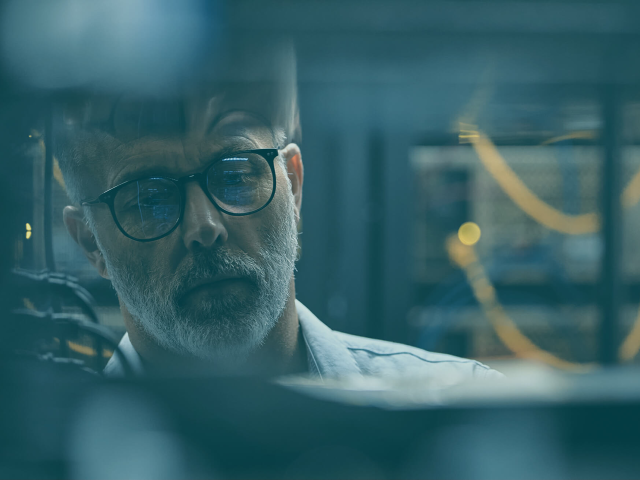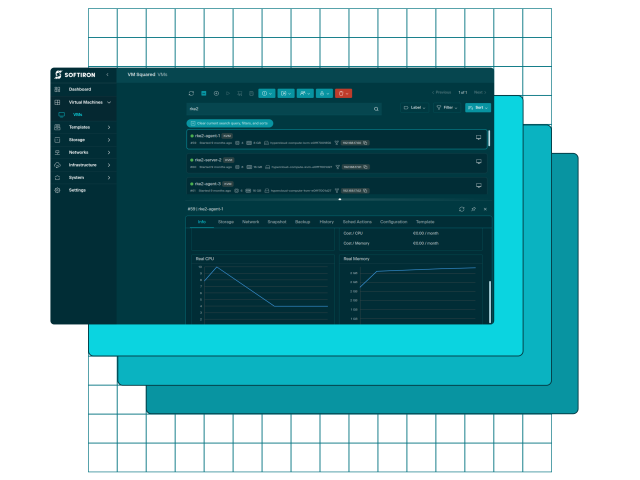We officially launched our second release of HyperCloud, HyperCloud 2.0. You can read the official press release for more on the release.
Not just a major software release, although the additions and enhancements there are significant, we’re also adding a host of new node options to the lineup, providing further choice for customers both starting and growing their private cloud infrastructure.
While Kenny’s post gives you a full feature run down of what we’ve announced, I wanted to take a few paragraphs to explore some of the capabilities that they will enable.
Enhancing the true cloud experience
We haven’t been standing still when it comes to the cloud user experience that HyperCloud delivers, both as the operator of your own cloud, and for the tenants you create that will use it with enhancements to both the GUI and API.
Single patch upgrades and commitment to remediate every known critical vulnerability (CVE) in every release, and in every part of your HyperCloud based cloud infrastructure, plus native backup and recovery capability for your HyperCloud workloads will also make living with your cloud both simpler and more secure. Boring even. No more “Saturday, 1am” software upgrades, praying you’ll be home by Monday!
Performance, density and reach
A cloud, should be capable of simultaneously handling a wide variety of workloads wherever and whenever required. These new nodes, announced and shipping today, provide both higher density general compute x86 AMD EPYC as well as now GPU based compute, coupled with new higher density HDD and SSD storage nodes.
Still in a 1U form factor and still fully deployable in a fully resilient, multi-tenant architecture with as few as eight nodes, these new nodes enable you to stretch and scale your cloud both up and out - whether supporting high performance edge workloads or in providing cost effective storage density for data intensive workloads such as backup and recovery.
We’ve also introduced our first “task specific” nodes to the range - these providing hardware accelerated video transcoding. Built on the same architecture as all HyperCloud nodes, they will enable customers regularly handling a lot of video streams in their cloud the ability to do that with simplicity, speed and efficiency, yet with exactly the same ease of deployment and scaling as any other node type in HyperCloud. Of course it also means that, likely in heavy demand, GPU based resources are freed up to handle more complex tasks.
And of course, because it’s a cloud, none of these new nodes imply any kind of “rip and replace” of existing infrastructure. Simply add the new nodes and allow less performant nodes to migrate to “colder” tiers of task within your cloud - all without any service interruption.
The options keep on, and will keep on, growing - all based on the same unique HyperCloud platform architecture which enables us to both bring to market and manufacture all these options in our own factories.
Migrating from traditional infrastructure to HyperCloud
With these new additions, plus new migration tools to support those wishing to migrate from traditional VMware-based architectures to a true cloud platform, HyperCloud v2 really consolidates its position as the simplest, most resilient, and secure way to transform every data center into a true private cloud.
For more information, or to arrange a demo just reach out and contact us.






